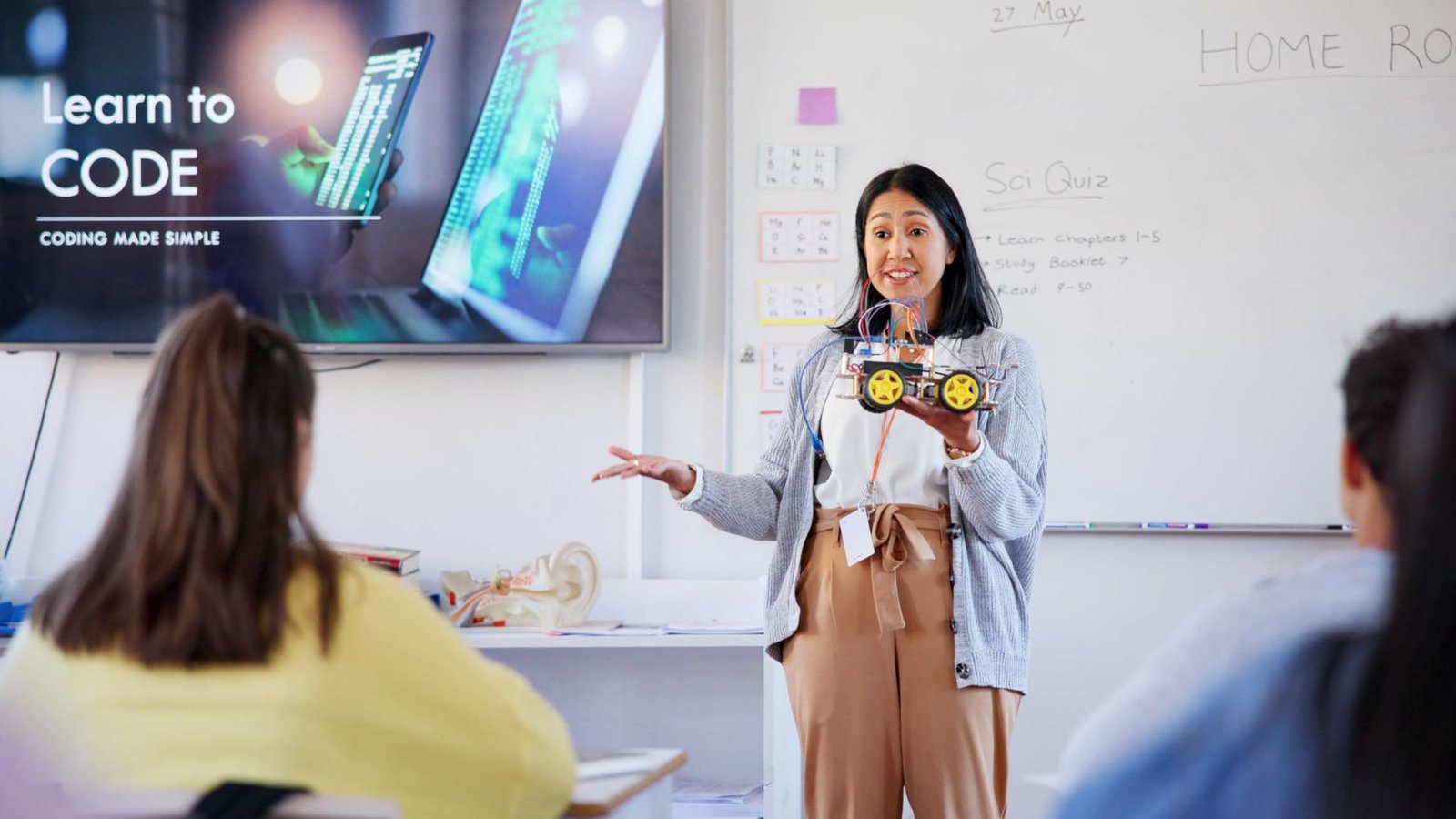
AI in Classrooms: Why Fairness & Accountability Matter More Than Ever
AI in Classrooms: A Game-Changer—But Only If We Make It Fair and Accountable
Let's face it—AI is no longer a futuristic buzz phrase in education. It's already here, quietly behind learning apps, grading machines, and even personalized student dashboards. But as we introduce artificial intelligence into our classrooms—from elementary school to K–12 education—it's time to stop and consider: are we doing it right?
AI has the ability to make education smarter, faster, and more accessible. It can tailor content to the individual student, warn if someone is falling behind, and even help teachers with tedious admin tasks so they can focus on what matters most—teaching. Sounds great, doesn't it? But there's a catch: none of this amounts to much if we don't design accountability into these systems from the outset.
AI in Primary and Secondary Education: A Double-Edged Sword
From earliest days in primary education to the tangled issues of secondary education, AI is rearing its head everywhere. Imagine adaptive quizzes, grading by machine, behavior prediction, and apps that promise to "know" the best way each child learns. Some of this technology does genuinely assist, but we cannot deny the danger that lurks.
One huge issue? Fairness. Suppose a student is labeled a "slow learner" due to an algorithm that is opaque. What if this label persists? What if it's from inaccurate or biased data, and invisible biases? Children—particularly in K–12 education—should have a level playing field, not one riddled with black-box algorithms.
Let's Talk About the "Black Box" Problem
Most of the time, students and teachers do not really know why an AI model is making a choice. That's the infamous "black box." You enter in information, and voilà—there's a result, with no explanation. For something as critical as education, that's not good enough.
We require AI systems that are interpretable and explainable. Teachers must be able to say, "Here's why this tool suggested this action," and students must be able to trust that their data isn't being misused or misinterpreted. In short, transparency isn't a nice-to-have—it's a necessity.
Who Is Liable When AI Goes Wrong?
Imagine an AI system underestimates a student's potential, or worse, limits their future. Blame who? The tech company? The school? The teacher? This is especially unclear in secondary education, where grades, examinations, and recommendations start determining real-world futures.
Schools and teachers need to have policies on how these tools are used—and who is accountable when things fail. Just as in traditional education, accountability shouldn't just disappear because a machine is performing the task.
Ethics, Equity, and the Role of Educators
One of the greatest promises of AI is that it can be used to close education gaps—particularly in low-income schools or far-flung locations. But that only holds true if it's implemented ethically and with equity in mind.
Suppose there is a school in a rural setting where AI is made a central component of education. If the system is based on information that is not representative of that region's context, how effective will it be? Worse, it may perpetuate current inequalities rather than correct them.
That's why educators, not engineers, need to be leading the charge on AI. They know their students best. Theirs are the voices that need to count most in making sure these tools actually facilitate learning and not replace the human element that makes learning worthwhile.
Establishing Trust in AI-Driven Education
To truly get AI to do work in schools, we must have trust—not only in the tech, but in how it is applied. Students must believe that they're being treated justly. Teachers must believe they're not being critiqued by a system that doesn't grasp their in-classroom complexities. And schools must have a system in place to continuously audit and refine the way these technologies are functioning.
That trust won’t come from fancy tech demos or slick dashboards. It comes from being transparent, responsible, and constantly open to feedback—from the classroom up.
Wrapping Up: What’s Next for AI in K–12 Education?
The future of K–12 education will certainly include AI—but whether it is a force for good or ill is up to the decisions we make today. As we deploy these tools across primary and secondary education, we must remain committed to fairness, transparency, and most importantly—accountability.
Because ultimately, education isn't about efficiency or automation. It's about enabling students, enabling teachers, and ensuring that every child, regardless of where they come from, has a genuine chance at learning and developing.
SkillBloomer is a smart platform that empowers educators, coaches, and trainers to create, launch, and scale online courses effortlessly. We simplify e-learning, boost learner engagement, and help you turn your expertise into income—no tech skills required.
